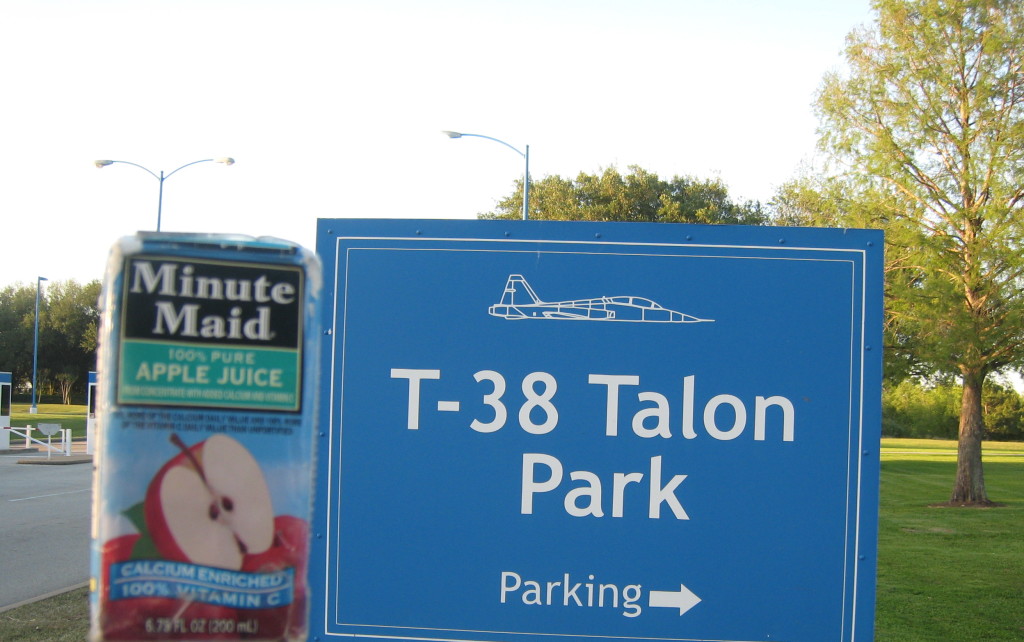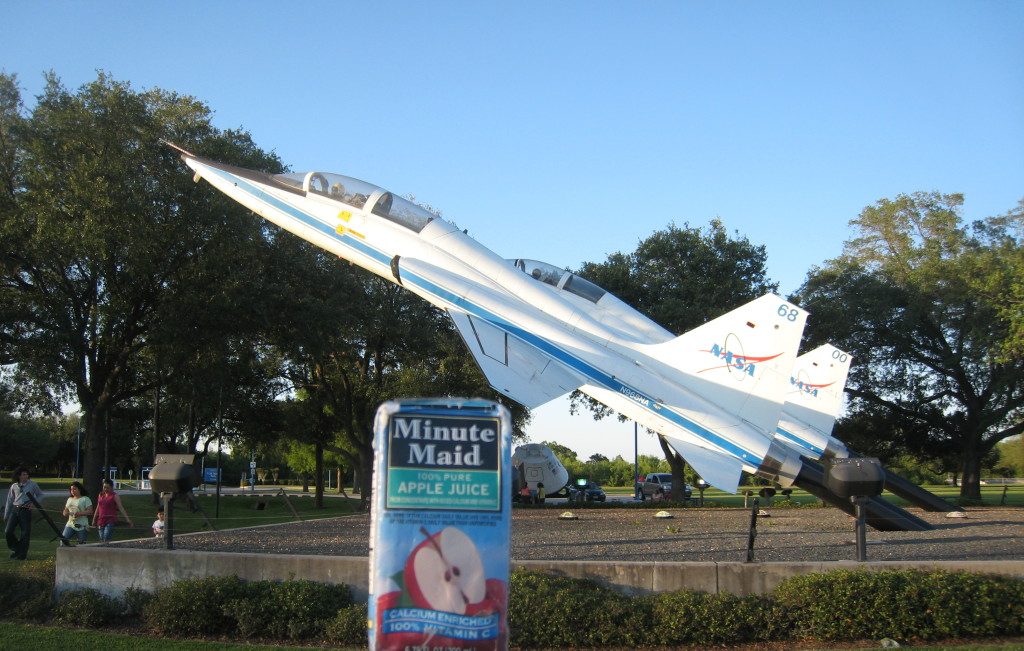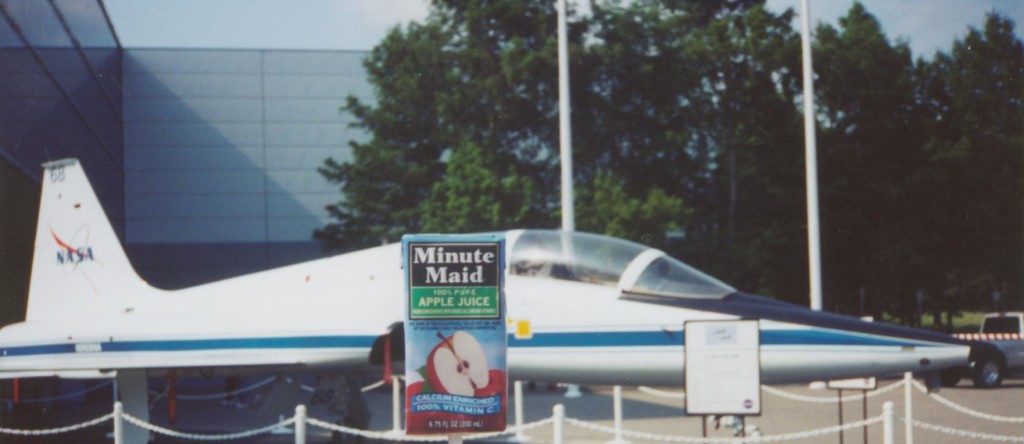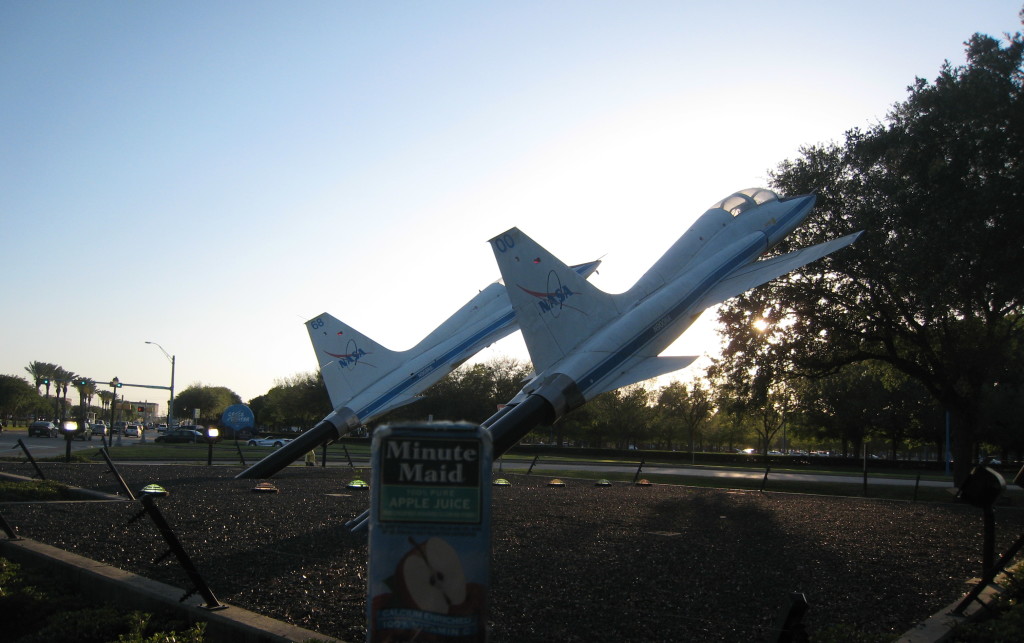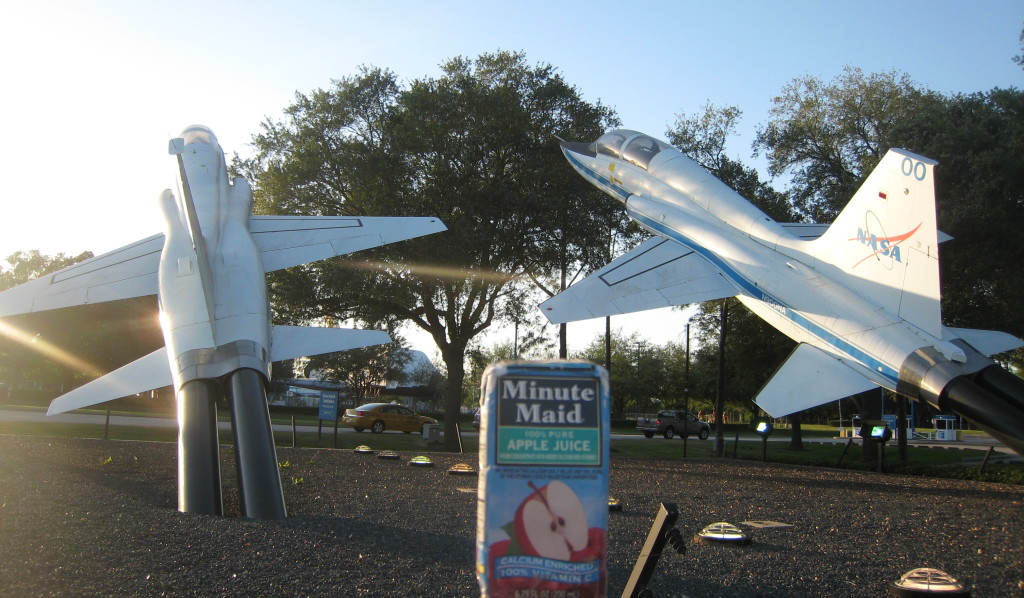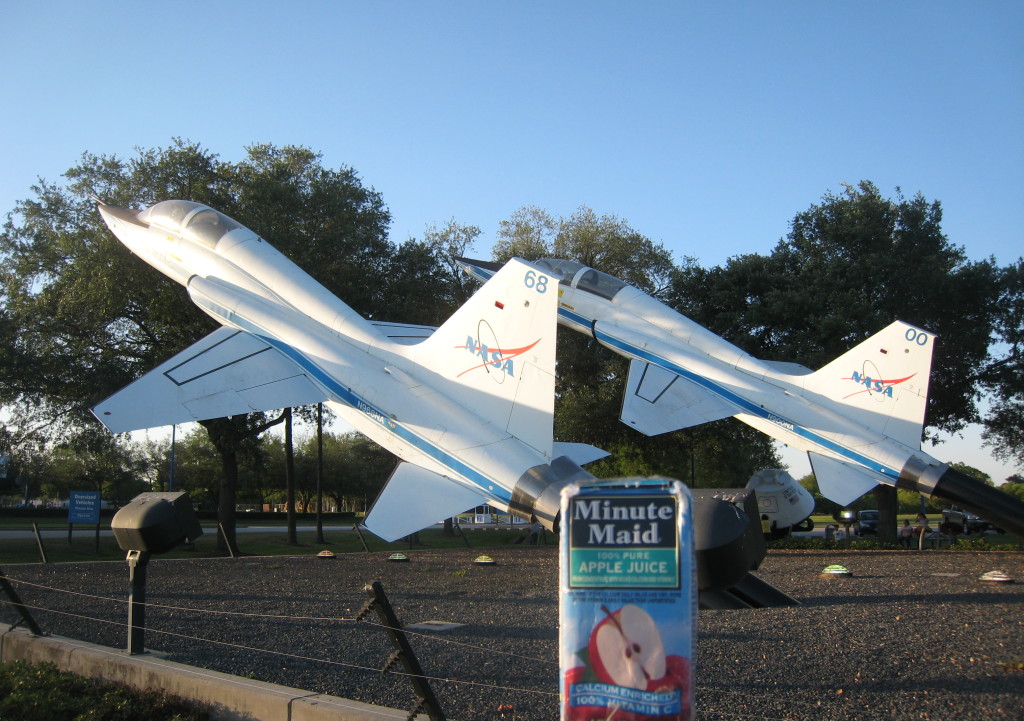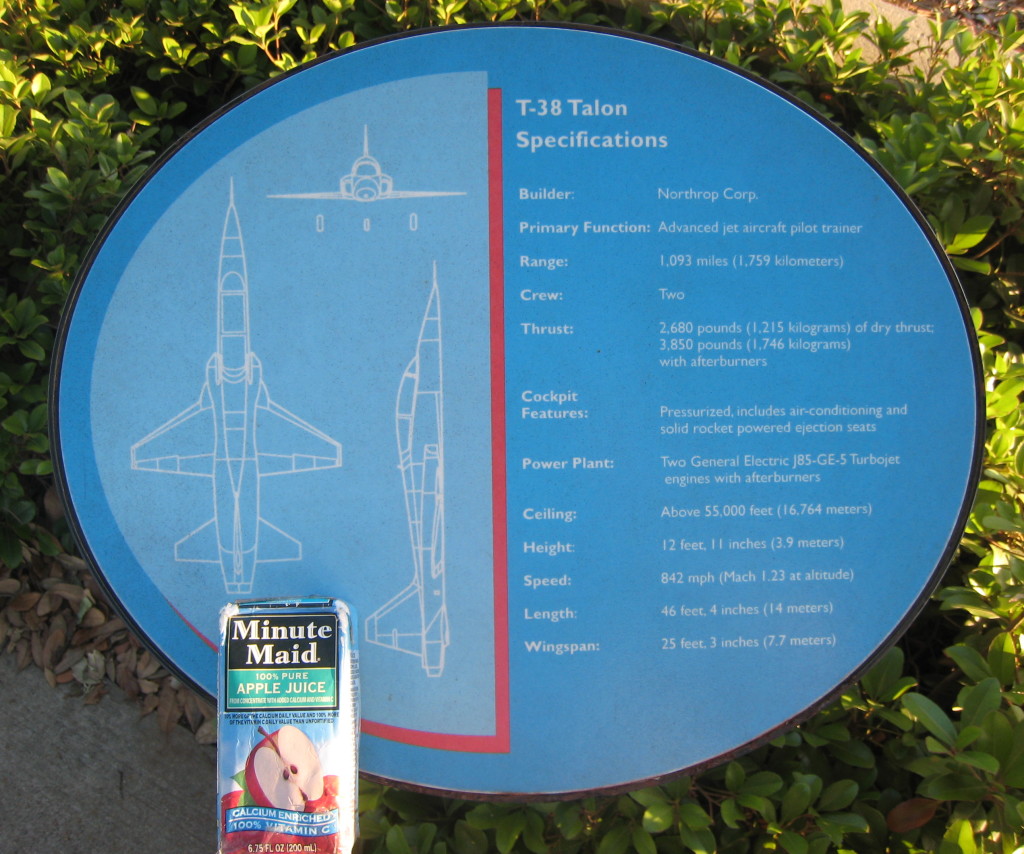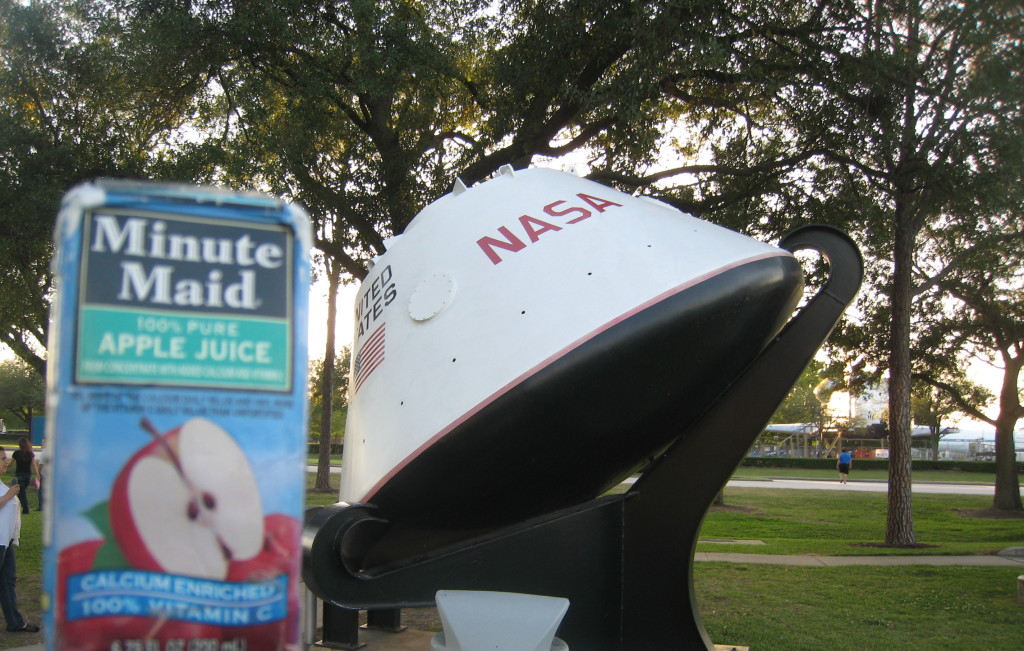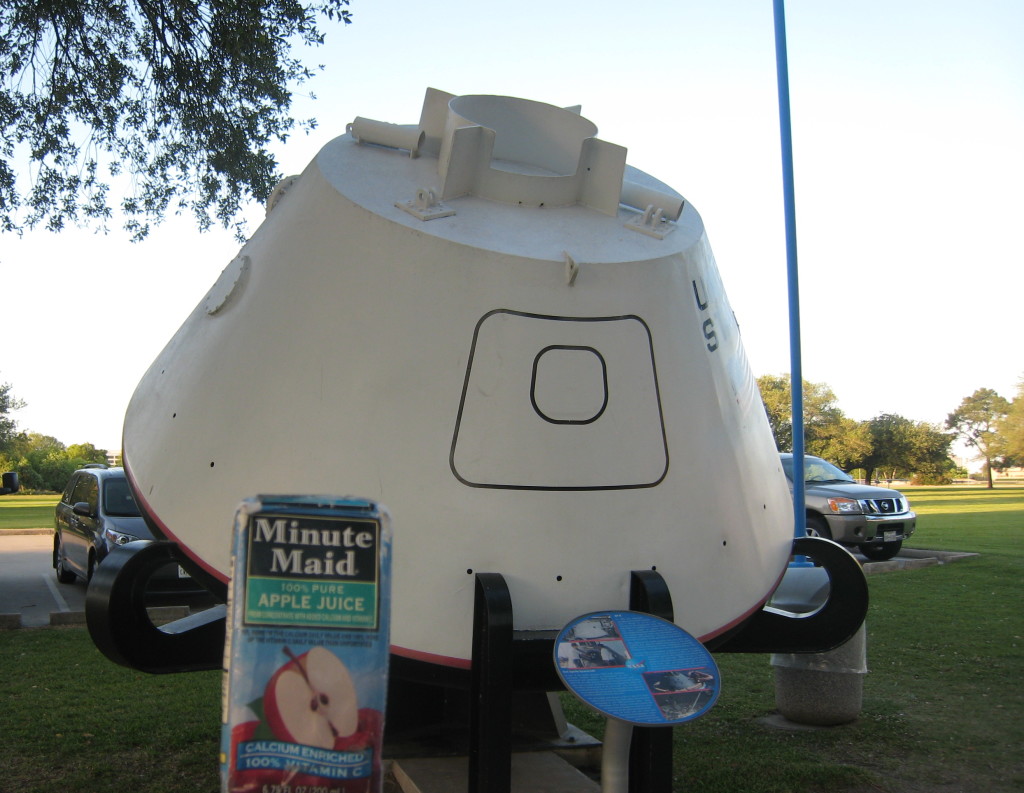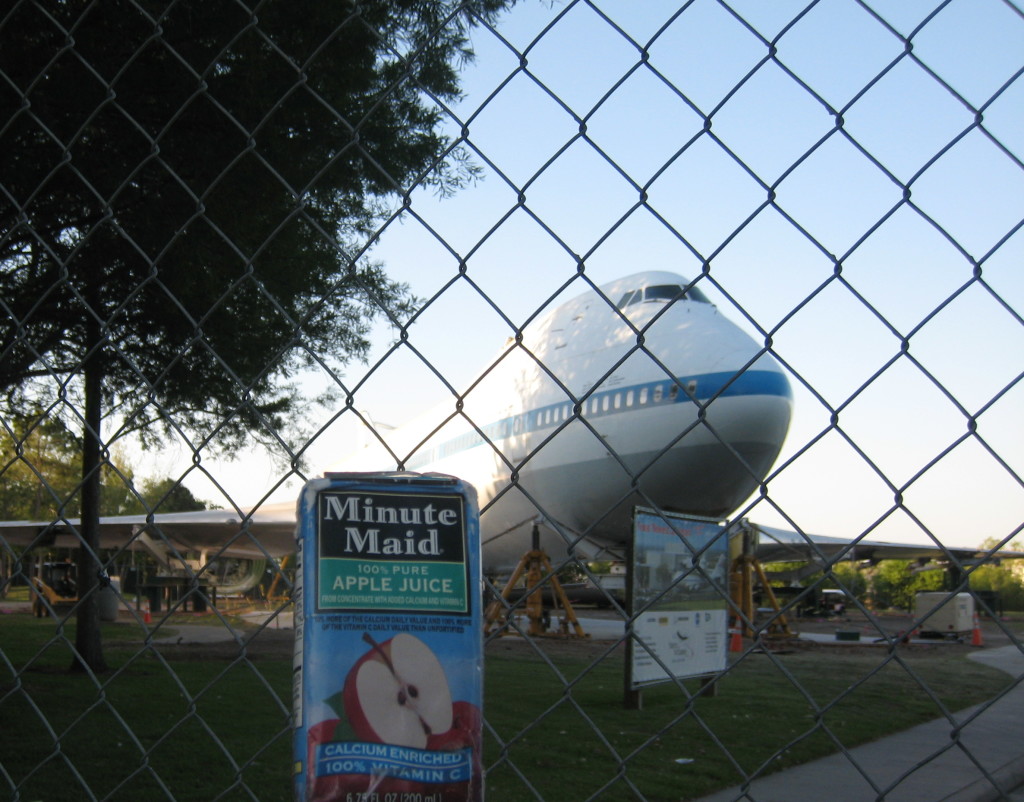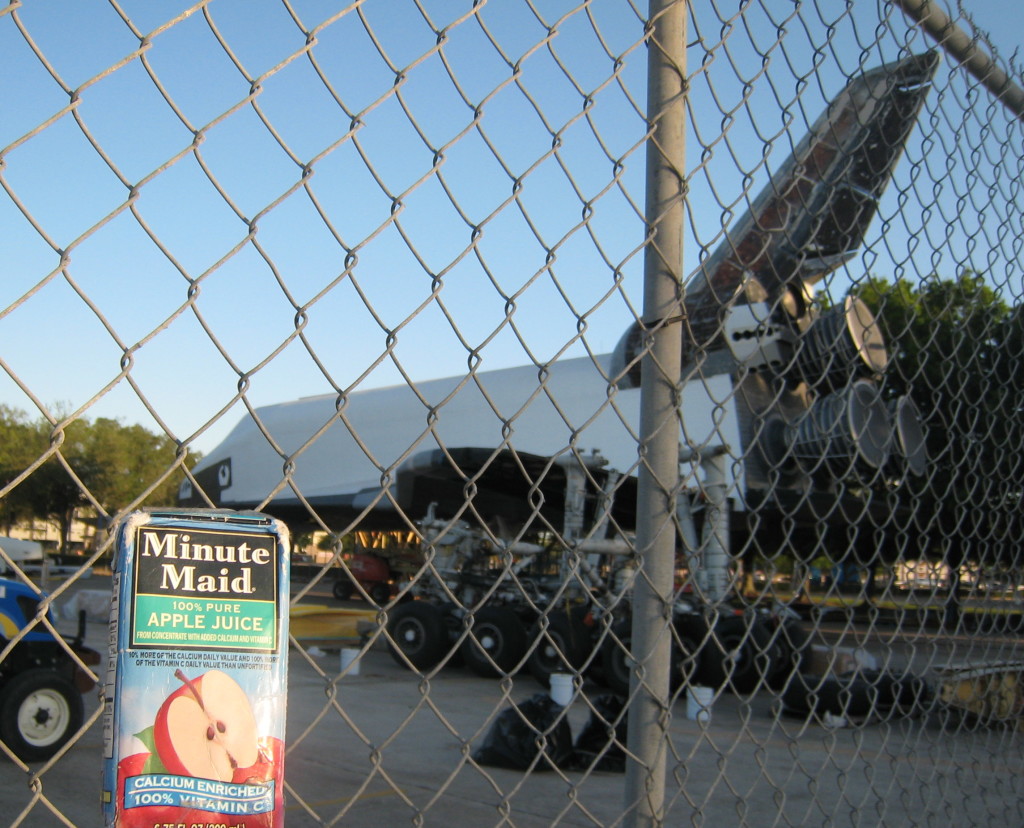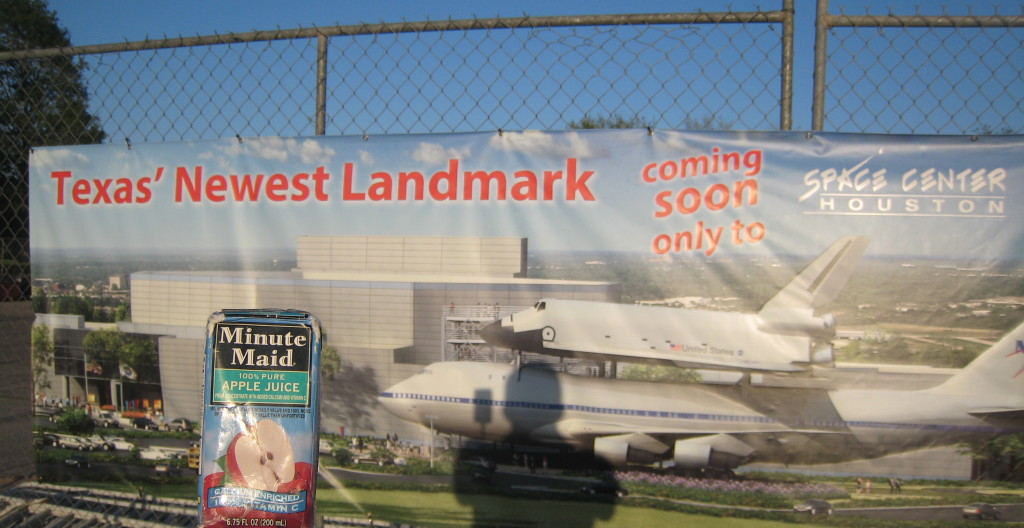Maid Appleton @ T-38 Talon Park and NASA grounds
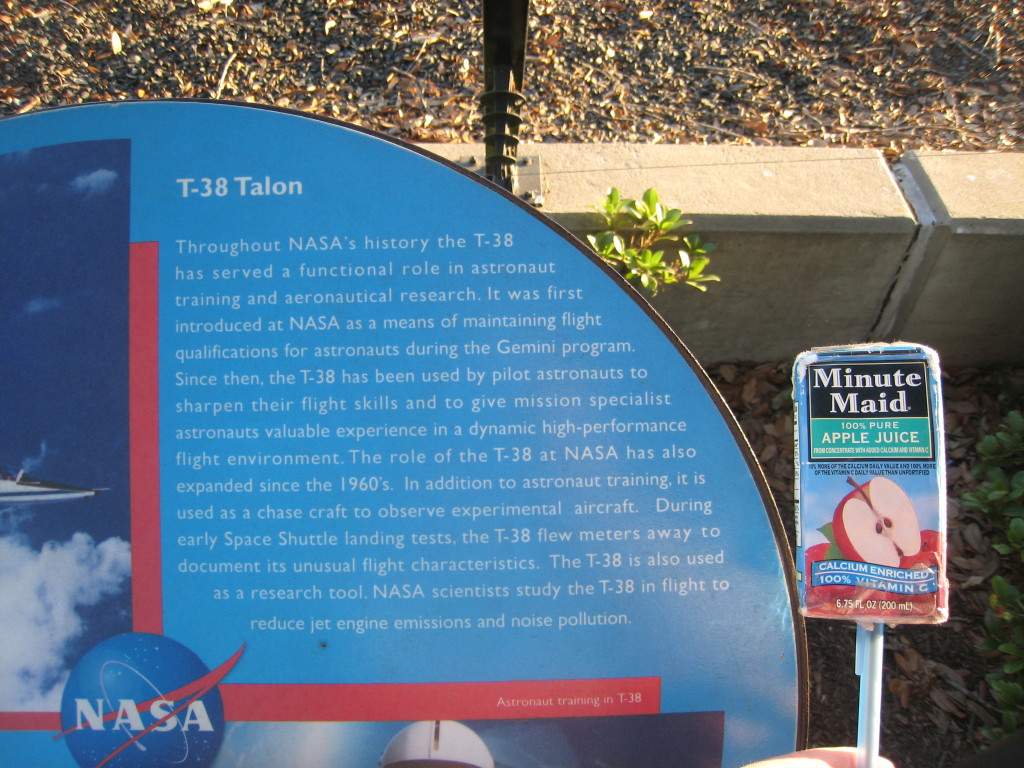
“Throughout NASAs history the T-38 has served a functional role in astronaut training and aeronautical research. It was first introduced at NASA as a means of maintaining flight qualifications for astronauts during the Gemini program. Since then, the T-38 has been used by pilot astronauts to sharpen their flight skills and to give mission specialist astronauts valuable experience in a dynamic high-performance flight environment. The role of the T-38 at NASA has also expanded since the 1960s. In addition to astronaut training, it is used as a chase craft to observe experimental aircraft. During early Space Shuttle landing tests, the T-38 flew meters away to document its unusual flight characteristics. The T-38 is also used as a research tool. NASA scientists study the T-38 in flight to reduce jet engine emissions and noise pollution.”
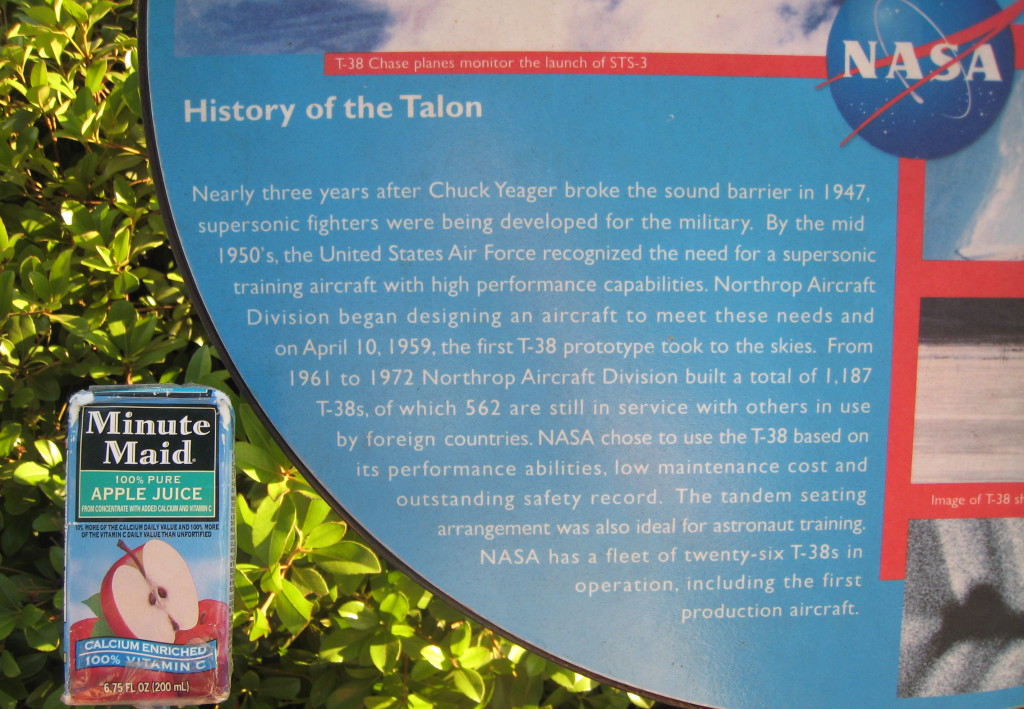
“History of the Talon ~ Nearly three years after Chuck Yeager broke the sound barrier in 1947, supersonic fighters were being developed for the military. By the mid 1950s, the United States Air Force recognized the need for a supersonic training aircraft with high performance capabilities. Northrop Aircraft Division began designing an aircraft to meet these needs and on April 10, 1959, the first T-38 prototype took to the skies. From 1961 to 1972 Northrop Aircraft Division built a total of 1,187 T-38s, of which 562 are still in service with others in use by foreign countries. NASA chose to use the T-38 based on its performance abilities, low maintenance cost and outstanding safety record. The tandem seating arrangement was also ideal for astronaut training. NASA has a fleet of twenty-six T-38s in operation, including the first production aircraft.”
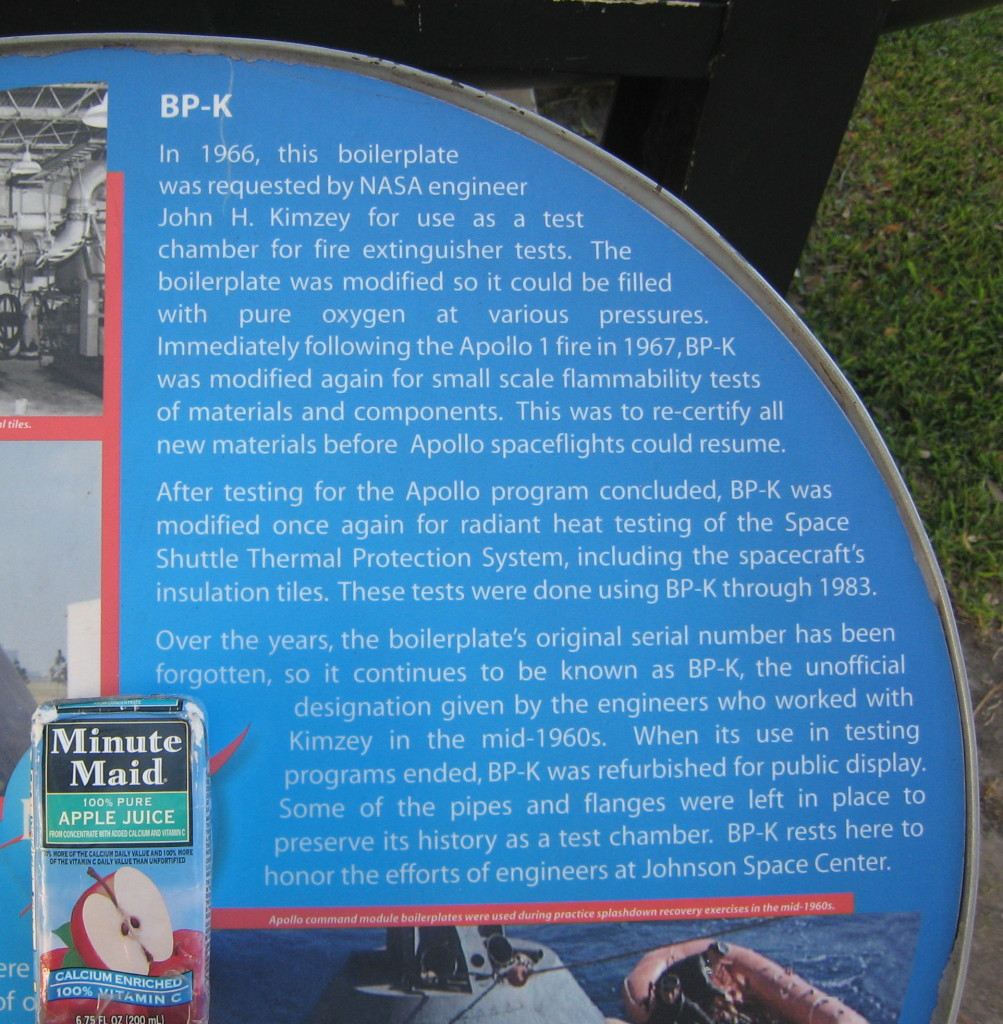
“BP-K ~ In 1966, this boilerplate was requested by NASA engineer John H. Kimzey for use as a test chamber for fire extinguisher tests. The boilerplate was modified so it could be filled with pure oxygen at various pressures. Immediately following the Apollo 1 fire in 1967, BP-K was modified again for small scale flammability tests of materials and components. This was to re-certify all new materials before Apollo spaceflights could resume. | After testing for the Apollo program concluded, BP-K was modified once again for radiant heat testing of the Space Shuttle Thermal Protection System, including the spacecraft’s insulation tiles. These tests were done using BP-K through 1983. | Over the years, the boilerplate’s original serial number has been forgotten, so it continues to be known as BP-K, the unofficial designation given by the engineers who worked with Kimzey in the mid-1960s. When its use in testing program ended, BP-K was refurbished for public display. Some of the pipes and flanges were left in place to preserve its history as a test chamber. BP-K rests here to honor the efforts of engineers at Johnson Space Center.”
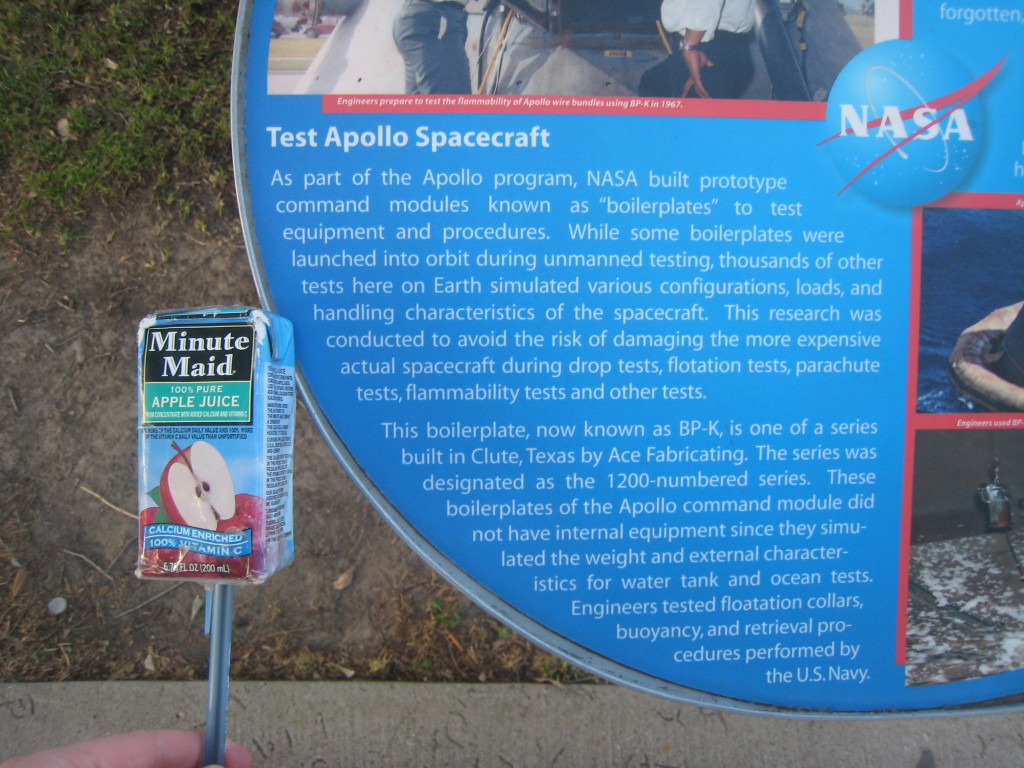
“Test Apollo Spacecraft ~ As part of the Apollo program, NASA built prototype command modules known as ‘boilerplates’ to test equipment and procedures. While some boilerplates were launched into orbit during unmanned testing, thousands of other tests here on Earth simulated various configurations, loads, and handling characteristics of the spacecraft. This research was conducted to avoid the risk of damaging the more expensive actual spacecraft during drop tests, flotation tests, parachute tests, flammability tests and other tests. | This boilerplate, now known as BP-K, is one of a series built in Clute, Texas by Ace Fabricating. The series was designated as the 1200-numbered series. These boilerplates of the Apollo command module did not have internal equipment since they simulated the weight and external characteristics for water tank and ocean tests. Engineers tested floatation collars, buoyancy, and retrieval procedures performed by the U.S. Navy.”




